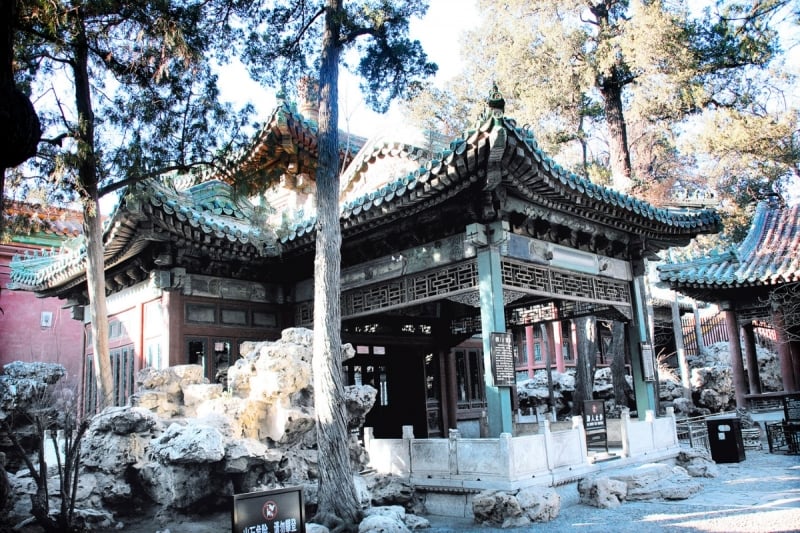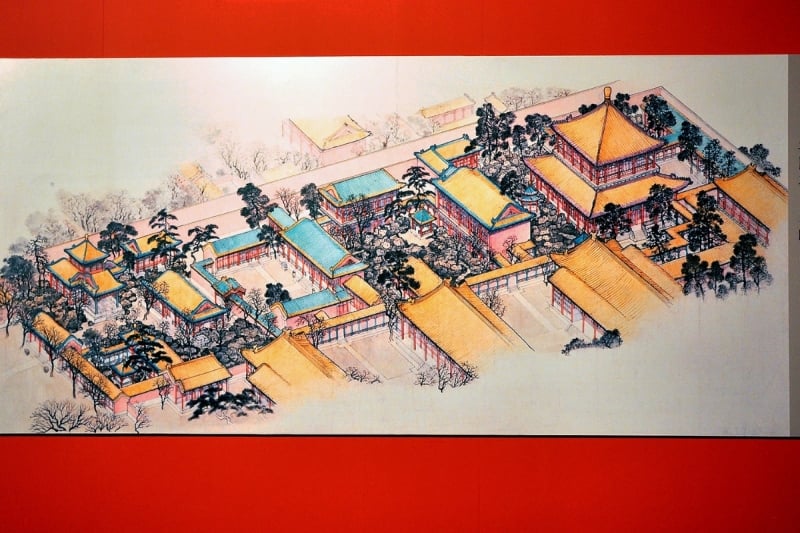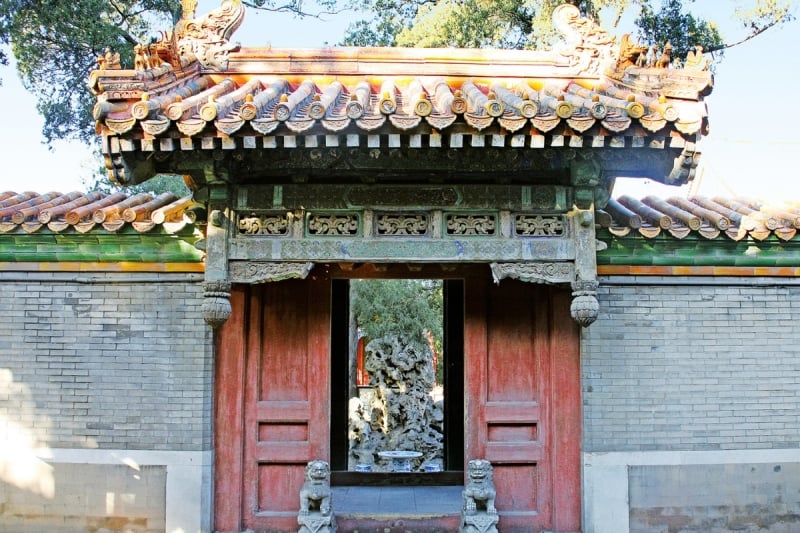Beijing’s iconic Forbidden City has just revealed one of its most intriguing secrets, and for the first time in a hundred years, visitors can finally step inside. Hidden away for centuries and long closed to the public, the Qianlong Garden has officially opened, inviting travellers to explore a side of imperial life that even many locals have never seen.
Also read: How to Get Around Beijing for First-Timers
A hidden world behind palace walls

Image credit: english.beijing.gov.cn Official Website
When Singaporean architect Ho Puay-peng first visited the Forbidden City in the 1980s, the palace grounds were far from the pristine attraction we know today. Back then, many of its courtyards were cluttered with storage, damaged by time and fires, and even occupied by government offices.
Built in the 15th century during the Ming dynasty, the Forbidden City once served as the political and ceremonial heart of China. The home of emperors and their courts. It was later inherited by the Qing emperors, who made their own restorations and additions, including the now-famous Qianlong Garden.
After the last emperor, Pu Yi, was expelled in 1925, the Palace Museum was established on the same grounds. But for decades, large parts of the complex remained off-limits, awaiting careful restoration.
The Forbidden City’s most exquisite garden

Image credit: english.beijing.gov.cn Official Website
Fast forward to today, and the Palace Museum is spectacularly celebrating its 100th anniversary. On 30 September, the long-shuttered Qianlong Garden finally opened its doors. It instantly became one of Beijing’s most talked-about attractions.
The museum describes it as “the most exquisite and beautifully decorated garden” in the entire compound, and it’s easy to see why. Originally built in the 1770s as a private retreat for Emperor Qianlong, the garden reflects the ruler’s love of art, nature and tranquillity.
Unlike the vast ceremonial courtyards of the Forbidden City, the Qianlong Garden feels intimate and personal. Covering just 6,000 square metres, smaller than a football field. It was inspired by the elegant, compact gardens of southern China. The space is divided into four interconnected courtyards, two of which are now open to the public. Each courtyard offers something different: some are filled with ornate pavilions, others open out into airy rock gardens and reflective ponds.
A masterpiece decades in the making

Image credit: english.beijing.gov.cn Official Website
Restoring this centuries-old gem wasn’t a quick task. The Qianlong Garden restoration took more than 25 years, carried out through a collaboration between the Palace Museum and the World Monuments Fund. The painstaking project, estimated to cost around US$15–18 million. It involved traditional craftsmanship, scientific conservation methods, and careful attention to historical details.
The garden’s rebirth is part of a much larger, ongoing effort to restore the entire Forbidden City. When the initiative began in 2002, less than a third of the palace was accessible to visitors. By 2018, that number had grown to 80%, following the restoration of numerous buildings and city walls. The removal of over 130 temporary structures that once cluttered the site.
A living symbol of Chinese heritage
The opening of Qianlong Garden coincides perfectly with the Palace Museum’s centenary celebrations. During a recent visit to mark the occasion, Chinese President Xi Jinping called the museum “an important symbol of Chinese civilisation” and urged continued efforts to “protect, restore, and make good use of cultural relics.”
And the work isn’t done yet. The Hall of Mental Cultivation (Yangxindian), Once the residence and administrative office of Qing emperors, is expected to reopen soon, following years of restoration that began in 2018.
Why it matters
For architecture experts like Ho, the Qianlong Garden project represents far more than a single restoration. It’s a model for how China can protect its cultural heritage. From grand palaces to humble streets, in a modern age of rapid urban change.
Visiting Qianlong Garden today

Image credit: english.beijing.gov.cn Official Website
Since opening, the garden has been a social media sensation in China, drawing long queues of visitors eager to glimpse its intricate designs and storied past. Even on rainy days, tourists wander its courtyards. Pausing to admire delicate carvings, centuries-old pavilions, and winding rockeries that once offered a private escape for emperors.
Stepping into Qianlong Garden feels like stepping back in time. Into the quieter, more contemplative side of the Forbidden City. It’s a rare opportunity to see imperial China not as a stage of grandeur, but as a home filled with artistry, thought, and peace.
Also read: 14 Fun Things to Do in Beijing That You Shouldn’t Miss
How to visit
The Qianlong Garden is located in the northeastern section of the Forbidden City, within the Palace Museum in central Beijing. Access to the garden is included with a Palace Museum ticket, though visitor numbers are limited each day to protect the fragile site.
Tickets to the Forbidden City can be purchased online via the Palace Museum’s official website or through authorised travel platforms. It’s highly recommended to book in advance, especially during weekends and public holidays.
The museum is open Tuesday to Sunday, from 8.30am to 5pm (closed on Mondays). To make the most of your visit, plan to spend at least half a day exploring the Forbidden City. With a special detour to this long-hidden imperial retreat that’s finally seeing the light of day.


Comments are closed.